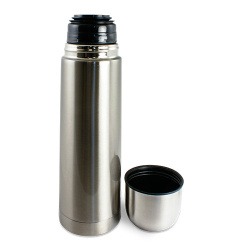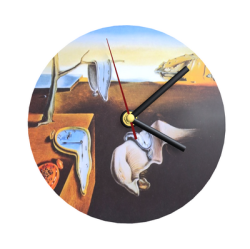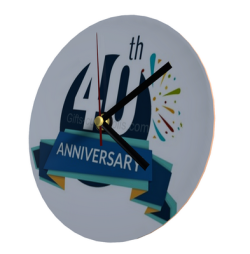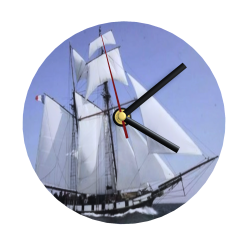Dartboard sport
You're not sure which gift to choose for your teenager. You have no idea and you haven't made a purchase yet? A game of darts is the ideal gift for teens as a birthday or Christmas present. A great gift for children, a fun game of skill that is safe because it is magnetic: the arrows stay stuck to the target thanks to their flat magnet. A timeless game for the whole family. Having a dartboard at home means being able to play at any time of the day, alone with friends or family. Friendly moments to liven up or conclude an evening or a meal. Accessible to everyone regardless of age or level, it's the perfect game to unwind and have fun in good company! It's a game that can be played as a team. It creates social bonds and teaches how to build a team strategy. A game of darts? A 501 double or a 301 double or any other variation, it's up to you! Whatever the type of game, this game will allow all variations of darts play and will always offer the same pleasure to the players. Become a champion thanks to this darts game, a fun and sporty gift.
- Personalisable










































